LPL Newsletter: August 2019
Thursday, August 1, 2019
The 50th anniversary of the Apollo 11 landing focused extra media attention on LPL not only because of our rich history with lunar research, but also because of the impressive lunar research currently conducted by LPL scientists. For this month's listing of LPL news, we are including several stories related to LPL's lunar research, ranging from stories about LPL's sometimes-legendary field trips to discussions of upcoming science. We are also highlighting three other stories: an interview with an undergraduate student working with our biggest current mission, OSIRIS-REx; a feature about an upcoming cubesat mission; and, just for fun, Alfred McEwen and Veronica Bray playing tour guide to some moons other than the one orbiting Earth.
Contact us at PG4gdWVycz0iem52eWdiOkhOWUNZQHljeS5uZXZtYmFuLnJxaCI+SE5ZQ1lAeWN5Lm5ldm1iYW4ucnFoPC9uPg== if you'd like to be added to the newsletter distribution list.
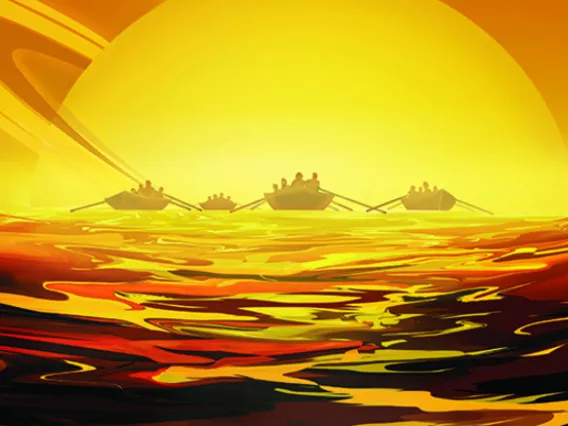
Travel to Alien Moons with UA Expert Guides
July 22, 2019
Humans first explored the Earth’s moon 50 years ago, an impressive feat for sure. But if you are interested in venturing a little off the beaten path, here are some other extraordinary moons to visit in the future.
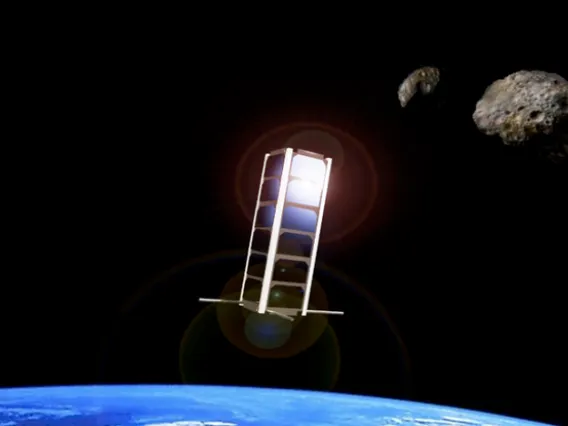
$3M in NASA Funding to Help Students Build CubeSats
July 17, 2019
NASA's Minority University Research and Education Project Institutional Research Opportunity program will give students in Arizona and Puerto Rico the opportunity to collaborate with scientists and engineers on the next generation of space exploration technology.
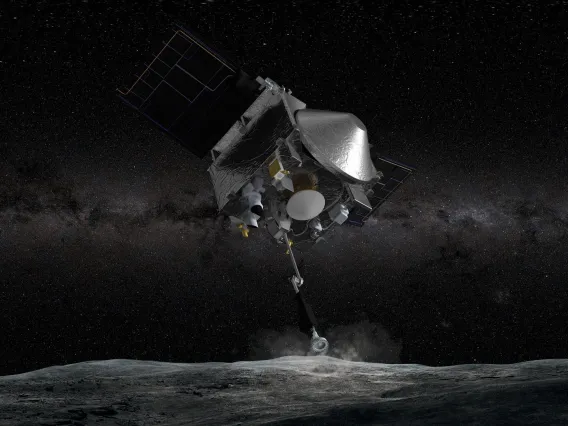
Undergraduate Students at Work on OSIRIS-REx
June 28, 2019
Next year, the OSIRIS-REx spacecraft will use its Touch-And-Go Sample Acquisition Mechanism to touch the surface of an asteroid for five seconds, collecting up to 4.4 pounds of rocks and dust. The first-of-its-kind NASA mission is led by the UA, where undergraduate and graduate students are working alongside faculty and staff to make significant scientific contributions.

Mapping the Moon and Worlds Beyond
July 16, 2019
UA scientists were instrumental in creating the first photographic atlases of the moon, which helped NASA successfully complete the Apollo 11 mission. Fifty years later, UA scientists are busy mapping worlds throughout our solar system.
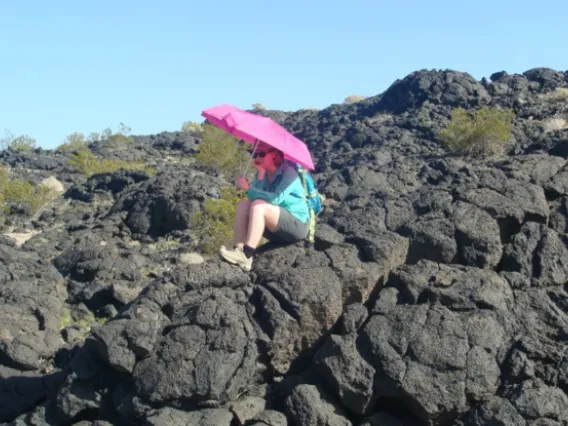
Exploring a Desert Portal to Other Worlds
July 8, 2019
The merge between astronomy and geology, necessary to get humans to the moon, led to the birth of modern-day planetary science and a long history of field trips that continue to this day, enabling fledgling scientists to interpret data from far-off worlds without leaving Earth.
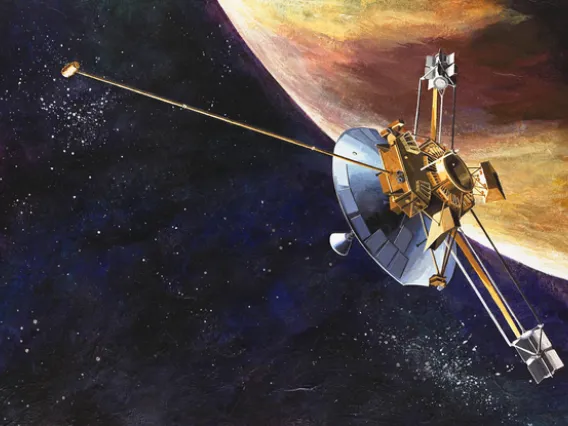
From Points of Light to Worlds: UA Explores the Solar System
July 3, 2019
A determined bunch of scientists set out to map the moon in preparation of the Apollo landings, but that was only the beginning. A new field of science blossomed, and UA scientists have been involved in nearly every U.S. space mission since.

